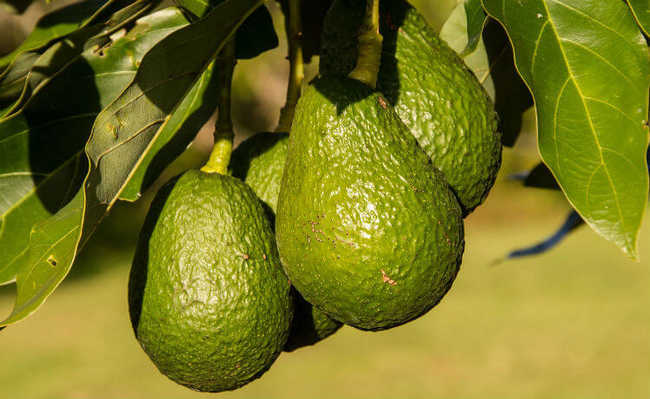Oil reaches the region of the Biological Reserve of Trains, in Espírito Santo
Spots already contaminate seven beaches in the state, including Biological Reserve and endangered turtle spawning sites

Fragments of the oil that has already reached the coast of the entire Northeast region and the north coast of Espírito Santo were found today (13) in another Espirito Santo beach. The new stretch polluted by small amounts of oil is on Regência beach, in the city of Linhares - municipality where, last weekend, spawning sites for endangered turtles had already been reached. Yesterday (12), portions of oil were also found near the mouth of the Rio Doce, in Espírito Santo.
According to the municipality of Linhares, small portions of the oily substance polluted the region of the Biological Reserve of Comboios, on Regência beach, 120 kilometers north of Vitória. The information was confirmed by the manager of the conservation unit, managed by the Chico Mendes Institute for Biodiversity Conservation (ICMBio), Antonio de Pádua Leite. In addition to being home to a community that lives mainly from fishing, the Regency district attracts tourists and many surfers.
According to the secretary of Environment and Natural Water Resources, Fabrício Borghi Folli, Army soldiers who were on standby in the region have already started cleaning the sand strip and, together with the institute's employees, are walking along the beach to find out the extension of the affected area.
Coastline has sections of difficult access
“The teams are in the field, collecting the material and monitoring [the situation] with the support of the Army,” said Folli, explaining that, in addition to being extensive, the coast has stretches of difficult access. In addition, the rain that has hit the region in recent hours makes cleaning work difficult.
“Linhares has the longest coastline in Espírito Santo, with about 86 kilometers. Some beaches are urbanized, frequented, while others are almost deserted, difficult to access. We are monitoring this entire extensive coastline. Fragments of oil have already been detected on all beaches”, declared the secretary in an interview with Agência Brasil and Rádio Nacional AM, from Brasília – both from Empresa Brasil de Comunicação (EBC).
A biologist, Folli said he still cannot measure the consequences of the contamination for the region's fauna and flora. "The probability is that both marine and terrestrial life are suffering some kind of consequence, but I still can't say that because we haven't been able to pinpoint it yet," he said.
Deploring the potential negative impact on the local economy, the secretary recalled that for four years the city has already suffered from the socio-environmental damage caused by the collapse of the Fundão Dam, owned by Samarco, in Mariana (MG), which occurred in November 2015. “ We are still evaluating the impacts of the iron ore tailings that reached our beaches and we suffered more from this blow. We are very concerned because this is a very serious socio-environmental situation”, declared Folli, revealing that some hotels and inns in Linhares have already registered cancellations of accommodation reservations. "This is not the time for hysterics, but it is a warning sign," he said.
The secretary guaranteed that, together with teams from the Tamar Project and the Brazilian Institute for the Environment and Renewable Natural Resources (IBAMA), municipal employees have taken the necessary precautions to preserve the eggs deposited by sea turtles on the beaches of Linhares.
“One of our first actions was to identify and minimize the possible impacts on the spawning sites of these nests. The entire coast of Linhares, especially the Comboios region, where the biological reserve is located, has been the object of this care. The teams do not use heavy machinery to avoid running over or burying nests, which makes it difficult for the teams, who have to advance on foot”, commented Folli, estimating that, in about 20 days, the first baby turtles they must begin to rise and advance through the sand towards the sea.
containment
In an attempt to minimize the negative effects of crude oil on the region's ecosystem, the city of Linhares and state and federal authorities are discussing the closure of the mouth of the Rio Doce, in Regência. The temporary measure aims to prevent the polluting material from reaching and contaminating the local estuary – where the river meets the sea – and is being discussed with Ibama.
In addition, the city has requested from the state government 1,300 meters of containment barriers, 800 meters of Bidim network (a blanket with high porosity) and 1,800 meters of mesh networks (fishing), which must be installed at strategic points in the mouth.
Balance
According to the most recent balance of the Brazilian Institute for the Environment and Renewable Natural Resources (Ibama), released this Wednesday morning (13) with data compiled until Tuesday (12), the number of places affected by the spots has reached 527. of oil since the end of August. There are 111 municipalities in all the states of the Northeast and also in Espírito Santo, where 7 beaches in 4 cities have already been affected.










